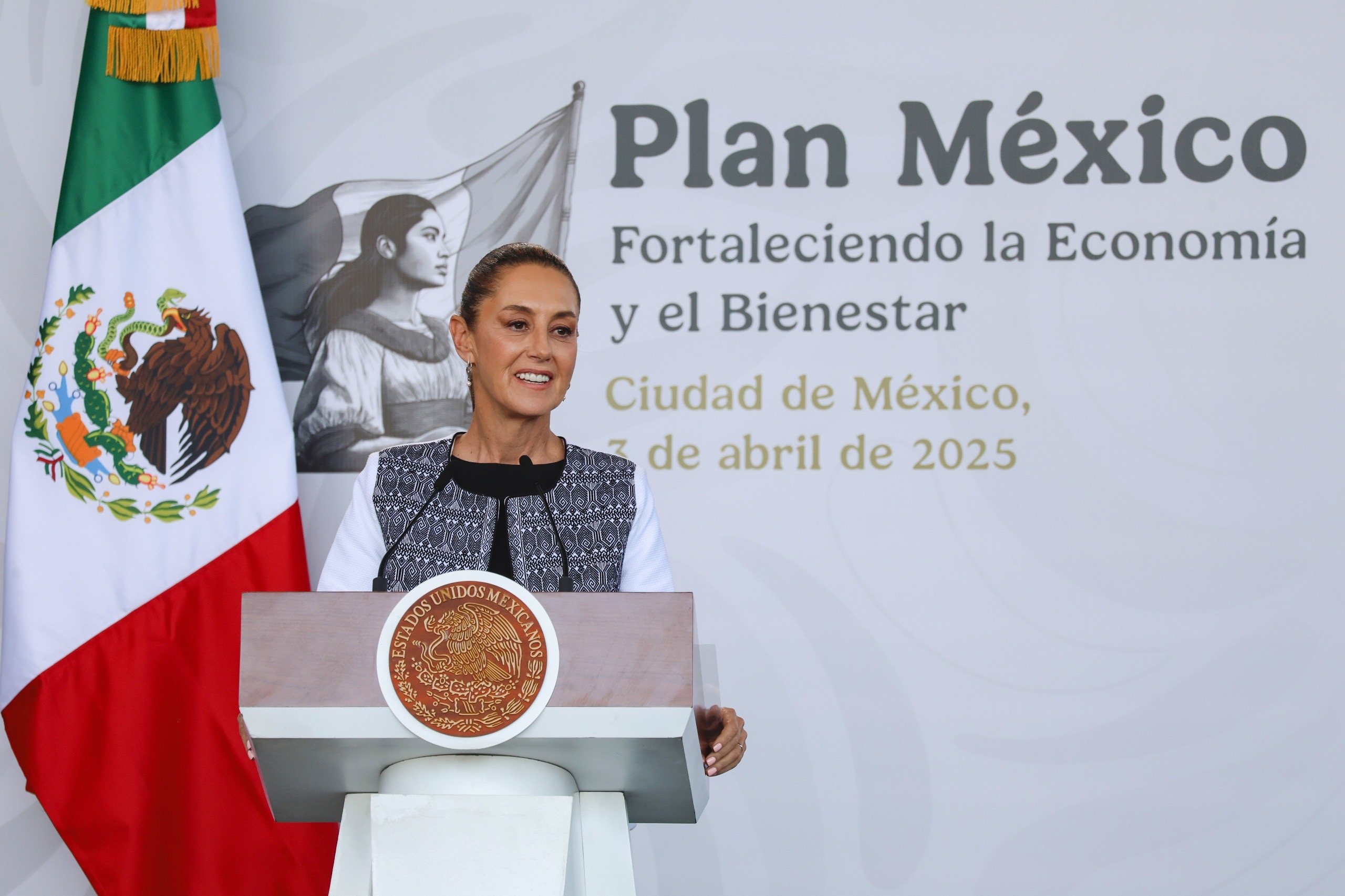
Analyzing Trump’s “Ambitious” Economic Policy: What to Watch
The economic landscape under any administration is a complex tapestry, woven with policy decisions, global influences, and the ever-shifting sentiments of consumers and investors. When we discuss the economic policies of a figure like Donald Trump, the word “ambitious” often comes to mind. His approach, characterized by bold pronouncements and a willingness to challenge established norms, demands a careful examination of its potential impacts.
As the economic data continues to roll in, painting a picture of renewed growth and accelerating consumer spending, it’s crucial to look beyond the headlines and understand the underlying currents. What are the key elements of this ambitious economic agenda, and what should you be watching to gauge its true trajectory and long-term consequences?
The Pillars of Trump’s Economic Vision: A Closer Look
Trump’s economic platform has consistently emphasized several core tenets. Understanding these is the first step in analyzing their potential effects on your financial future and the broader economy.
1. Tax Cuts and Their Ripple Effects
A cornerstone of Trump’s economic policy has been significant tax cuts, aimed at stimulating business investment and individual spending. The argument is that leaving more money in the hands of businesses and consumers will naturally lead to job creation and economic expansion.
- What to Watch:
- Business Investment: Are companies indeed reinvesting their tax savings into R&D, capital expenditures, and hiring? Or are the benefits primarily flowing to shareholders through buybacks and dividends?
- Consumer Spending: While recent reports indicate an acceleration in consumer spending, it’s vital to track whether this is a sustainable trend driven by wage growth or a short-term boost fueled by other factors.
- National Debt: The impact of substantial tax cuts on the national debt is a critical consideration. How will this debt be managed, and what are the potential long-term implications?
2. The “America First” Trade Strategy: Tariffs and Trade Wars
Trump’s approach to global trade has been characterized by a strong emphasis on “America First,” often translated into the implementation of tariffs on goods from various countries. The goal is to protect domestic industries, reduce trade deficits, and encourage companies to manufacture goods within the United States.
- What to Watch:
- Global Trade Dynamics: How are other nations responding to these tariffs? Are retaliatory tariffs being imposed, leading to a trade war that could stifle global economic growth?
- Inflationary Pressures: Tariffs often increase the cost of imported goods, which can translate into higher prices for consumers. It’s essential to monitor inflation rates closely.
- Supply Chain Adjustments: Are businesses altering their supply chains in response to tariffs, potentially leading to increased domestic production or shifts to other trading partners? This can have significant implications for various sectors.
3. Deregulation: Cutting Red Tape for Growth?
Another key aspect of Trump’s economic agenda has been a focus on deregulation across various sectors, from environmental protections to financial services. The rationale is that reducing regulatory burdens frees up businesses to operate more efficiently and invest more freely.
- What to Watch:
- Environmental Impact: What are the long-term environmental consequences of reduced regulations?
- Financial Stability: Are there increased risks to financial markets or consumer protections with a deregulated environment?
- Industry Competitiveness: How does deregulation affect the competitiveness of American industries on the global stage?
4. Job Creation and Wage Growth: The Ultimate Test
Ultimately, the success of any economic policy can be measured by its impact on the lives of ordinary citizens. Job creation and rising wages are paramount indicators.
- What to Watch:
- Unemployment Rates: While often at historic lows, it’s important to look at the composition of employment growth and whether it’s broad-based.
- Wage Stagnation vs. Growth: Are wages keeping pace with the cost of living? Are certain sectors seeing more significant wage growth than others?
- Skills Gap: Is the job market creating demand for new skills, and are there adequate training programs to meet this demand?
Navigating the Economic Currents: Your Actionable Takeaways
As an informed individual or investor, understanding these key areas allows you to better interpret economic developments and make sound decisions for your own financial well-being.
- Stay Informed: Regularly consult reputable sources for economic data and analysis. Look for reports that go beyond soundbites and delve into the underlying mechanics.
- Diversify Your Investments: In an evolving economic climate, diversification across asset classes and geographies can help mitigate risks.
- Monitor Inflation: Keep a close eye on how rising prices might affect your purchasing power and adjust your budget accordingly.
- Assess Your Own Financial Health: Regardless of the broader economic picture, focus on building a strong personal financial foundation through savings, responsible debt management, and long-term planning.
The ambitious economic policies championed by Donald Trump present a dynamic and often debated landscape. By understanding the core components of his agenda and diligently watching the key indicators, you can better navigate the economic currents and make informed choices for your future. The economy is a continuous story, and understanding the plot points is your key to staying ahead.

Additional Information
Analyzing Trump’s “Ambitious” Economic Policy: What to Watch
Donald Trump’s economic policy, often characterized by its “ambitious” and “America First” framing, is a subject of intense scrutiny and debate. With a projected return to the White House, understanding the key components and potential impacts of his economic agenda is crucial for investors, policymakers, and the general public. Recent reports suggest a resurgence in economic indicators under his previous tenure, with claims of GDP growth soaring and consumer spending accelerating. However, the long-term implications, particularly regarding global trade and inflation, remain a significant point of contention.
This analysis will delve into the core elements of Trump’s economic vision, drawing upon recent reporting to highlight what to watch as his “ambitious” agenda unfolds.
Key Pillars of Trump’s Economic Agenda:
Based on available information, Trump’s economic policy appears to be driven by several core tenets:
- Tax Cuts and Deregulation: A central theme is the belief that lower corporate and individual taxes, coupled with reduced regulatory burdens, will stimulate business investment, job creation, and overall economic growth. The concept of a “megabill” aimed at spurring growth and reducing the national debt, as mentioned in CNN reporting, likely falls under this umbrella.
- “America First” Trade Policy: Trump’s approach to international trade is marked by a strong emphasis on protecting American industries and jobs. This has manifested in the use of tariffs as a primary tool to address perceived trade imbalances. POLITICO highlights how global trade has been “whipsawed” by his “on-again, off-again tariff regime,” indicating the volatility and potential disruptions associated with this strategy.
- Focus on Domestic Production and Manufacturing: The “America First” mantra extends to encouraging a reshoring of manufacturing and a greater emphasis on domestic production. This is often linked to trade policies and aims to reduce reliance on foreign supply chains.
- Infrastructure Investment: While not always as prominently featured as tax cuts or trade, infrastructure development has been a recurring promise, often framed as a means to boost economic activity and create jobs.
- Fiscal Policy and Debt Reduction: Paradoxically, while advocating for tax cuts which can increase the deficit, some reports suggest an aim to lower the national debt through his overall economic agenda. The ProPublica report on the “Trump Economic Outlook” invites exploration of these strategies and their potential outcomes, including the impact on global markets.
What to Watch:
As Trump’s economic agenda potentially takes shape, several key indicators and policy developments will be critical to monitor:
- The Impact of Tariffs on Trade and Inflation: The ongoing debate surrounding tariffs is a prime area to watch. While proponents argue they protect domestic industries, critics, like The Economist, fear they will “stoke inflation and depress economic growth.” Understanding the specific sectors targeted, the retaliatory measures from other countries, and their downstream effects on consumer prices will be crucial. The POLITICO report’s mention of trade being “whipsawed” underscores the need for careful observation of these trade dynamics.
- GDP Growth and Consumer Spending: White House statements often highlight positive GDP growth and consumer spending as evidence of economic success. The July 30th White House article proudly declares “Economic Growth Shatters Expectations.” However, it will be important to analyze the sustainability of these trends and the underlying drivers. Is the growth broad-based, or concentrated in specific sectors? What is the role of consumer confidence versus sustainable wage growth?
- The Labor Market: Despite concerns about trade, The Economist notes that “the labour market remains strong so far.” Continued strength in employment, wage growth, and labor force participation will be vital indicators of the overall health of the economy under his policies.
- Government Spending and National Debt: The interplay between tax cuts, potential spending initiatives (like infrastructure), and the stated goal of reducing the national debt will be a significant area of focus. Reports like the CNN piece on a “megabill” that would “spur growth and reduce the national debt” offer a glimpse into the intended fiscal direction, but the actual outcomes will require close monitoring.
- Investor Confidence and Global Market Reaction: Trump’s policies often elicit strong reactions from global markets. Understanding how investors perceive the risk and reward associated with his agenda, and how international economic actors respond, will be essential for a comprehensive analysis. The ProPublica link suggests diving into “data-driven analysis of his economic outlook, a must-read for investors and policy enthusiasts.”
- The “Ambitious” Nature of the Agenda: Federated Hermes highlights that Trump “seems determined to accomplish more in his first year than his entire first term,” with his “bold agenda coming in three waves.” This suggests a potentially aggressive and multifaceted approach. Tracking the implementation and legislative success of these “waves” will be key to assessing the true impact of his policies.
Conclusion:
Donald Trump’s economic policy is undeniably “ambitious,” aiming to reshape the American economy through a combination of tax reform, aggressive trade negotiations, and deregulation. While proponents point to recent positive economic indicators as validation, critics remain wary of the potential for inflation and trade disruptions. As his economic vision continues to be articulated and potentially implemented, a close watch on the interplay between tariffs, consumer spending, the labor market, fiscal policy, and global reactions will be paramount to understanding its true impact. The narrative of economic resurgence, as presented in some reports, will need to be weighed against the long-term sustainability and broader consequences of his “America First” economic strategy.






Leave a Reply